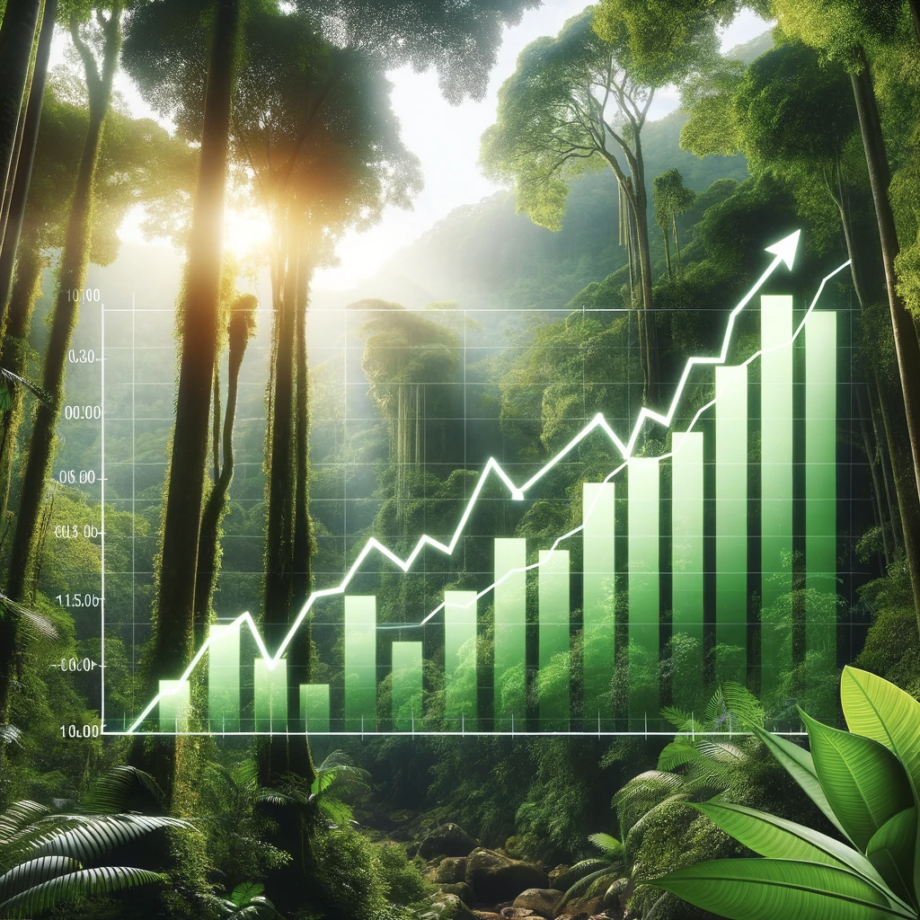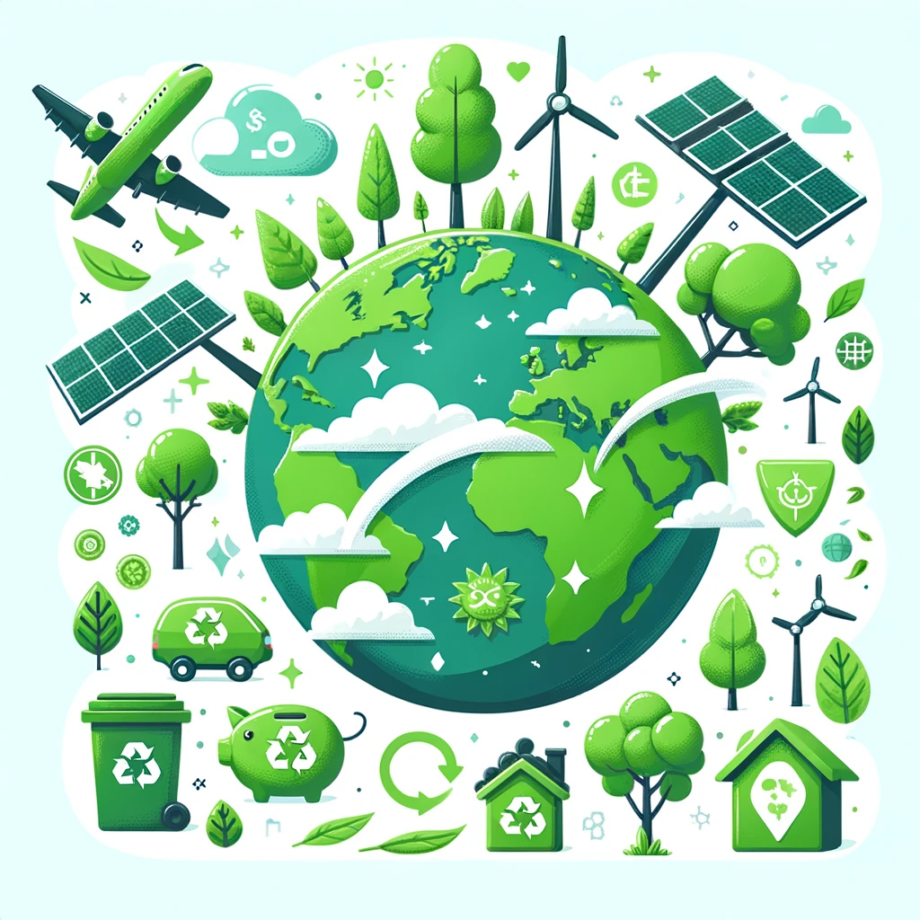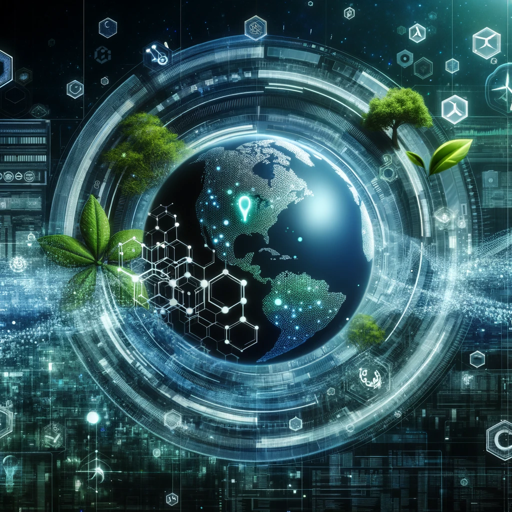What will 2022 bring? It’s the time of year for predictions (spoiler alert, there are no predictions in the text that follows). After spending nearly 20 years working in the social sector, supporting philanthropists and other donors to drive positive social change, I remain eager to see how the broader trends in technology will impact our sector. I am not a technologist, but I am married to one, and thanks to covid, we now share a home office. I can’t help but ask, what does the whole Web3 thing mean for social change and our respective roles in fostering an environment where the most vulnerable among us have paths to opportunity and dignity? There are a few trends I’m especially curious about…
1- NFTs for fundraising – As the financial world runs in circles trying to figure out how to regulate cryptocurrencies, NFTs have become a surprise boon to fundraisers. Major artists or celebrities creating NFTs that fetch thousands or millions of dollars are donating a share of their proceeds to charity. Organizations such as @savethechildren, @care, @mentalhealthamerica, @malalafund and @nationalpediatriccancerfoundation have all received proceeds from artists selling their digital pieces. And the numbers are huge – the top 5 NFT donation projects, according to Giving Block, netted nearly $7M to 5 organizations (there are 50 projects listed on their website). So the question for NGOs – is this the equivalent of finding a celebrity to endorse your work and raise money on your behalf? Or is there something more mainstream implied by this trend? Perhaps the simplest takeaway is that NGOs should all be prepared to take contributions in cryptocurrencies, but it seems there might be more to this one, especially when appealing to Gen Zers. Could this represent a way to meet Gen Zers where they are, which is online, in the world of cryptocurrencies and NFTs?
NFTs have also sprouted up as virtual “membership cards” for different networks. Some of those are a bit silly – maybe you’ve seen the Bored Apes Yacht Club (super silly, but when you dig past the fun art, there is a lot going on here around community building, membership in Gen Z-style clubs) or the FLUFs (you get access to music)– but NFTs could also be membership cards for causes. Nonprofits are starting to issue NFTs as ways to create a digital identity to go along with a donation – @conservationinternational and @greenpeace both have NFTs, but on OpenSea, where NFTs are traded, it indicates only 50% of the cost goes to the charity, begging the question, where does the other 50% go? @WorldWildlifeFund has created “non-fungible animals” that are NFTs of 10 endangered animals. As part of a campaign, they’ve raised over £200k, but there isn’t much more to it. As with other NFTs, WWF will get 10% of any secondary sales of the NFT, so the donations will continue to accrue in the future, if the NFT becomes a desirable “collectible”. But could they offer more? Interviews with experts on these animals? Regular updates on the status of the animals at risk? What about access to a unique tour, if the donor was visiting the relevant area of the world where the animals were endangered? This seems like a great way to create more community with donors – its like the Amex card awards – opportunities you have access to, just for having a card.
2- Blockchain for impact measurement – As carbon is tokenized, and various data sources combine to validate the impact of carbon offsets, carbon projects are also documenting their impact on various SDGs. Verra, the organization that runs the leading verified carbon standard system, has developed standards that go beyond carbon, to look at plastic waste reduction, climate and biodiversity and broadly, sustainable development. By following their methodology, carbon offsets can be more valuable if, in addition to reducing carbon, they contribute to various SDGs. For example, a clean cookstove project, which reduces carbon emissions from burning firewood, also benefits women’s health (from the reduction of smoke in the household) and women’s safety (by reducing the need for long travels to collect wood). Where this is verified, the contribution to SDG 5 is documented, and the data is fully transparent because it is codified with the offset and can be codified in the blockchain token. Most offsets don’t yet have these additional SDG impacts embedded in them, but to the extent that they can, achieving the SDGs could increase the value of a tradable carbon offset token. Does this mean that any SDG that can be linked to carbon offsetting projects has the opportunity to drive more funding as a result of the transparency associated with blockchain? This seems like an interesting space to watch.
3- #DAOs for power shifting – DAOs (pronounced dows) will be fascinating to watch, especially for movement building and potentially for how high-net-worth individuals consider making social change without the trappings of a formal institution, sharing power with their grantees and other stakeholders.
DAO stands for “distributed autonomous organization”. There are many places where you can dive into the details like the AtoZ Fund’s DAO Canon, and The Aragon website, but in principle, these structures yield a totally collective approach to governance, where the rules are codified on blockchain, so they can’t be manipulated by a centralized power structure (which is how most organizations are structured – board of directors, C-suite and associated hierarchy below).
There are a million things that could presumably go wrong (apparently that happened to the folks who created a Constitution DAO, to raise $47M to buy one of the original copies of the US Constitution), but if the rules are written in a way to consider the major contingencies (like not winning the auction, in the case of the Constitution DAO), and people who own tokens have a voice in governing, this could be a compelling structure for movement building. Imagine a global community of token-holders who have bought into a mission around poverty alleviation. Their funding could be channeled to buying up stock in exploitive companies and forcing corporate policy change or could support campaigns for improved legislation to protect vulnerable workers, or to support candidates who will more fairly care for the vulnerable in a society. If rules could be written about the use cases for the funds, and then members propose those cases as they come up, and money would move without any intermediary frictions (no board approval, no wiring instructions, etc.) When the book New Power was written by @jeremyheimens and @henrytimms, this was the organizational structure that so many of their examples might have benefitted from by bringing a structure to an organic community with a shared mission.
For the high-net-worth individual who is considering setting up a foundation to support their philanthropic objectives, maybe they just set up a DAO instead. A DAO for the protection of rainforests, where the donor can bring seed funding to catalyze a community, for example. In that case, perhaps the members don’t need to buy their tokens, they apply for them, and then the donor can sit back and let the community determine where the funding might be most impactful. This raises a distinct challenge in finding a range of community members that bring diverse perspectives around how to protect a rainforest, (or improve early childhood education, or address malaria, etc., etc.,) but much as a panel of advisors might support philanthropic decisions today, their role could be written into code, and then the donor need not wade into the ups and downs of running an organization. Further, this would be a tremendous way to shift power into the hands of grantees, who could be granted member status, to help direct future grants. The Big Green DAO, claims to be the first philanthropic DAO, putting these ideas into practice…more on their progress at a later time.
How is Web3 influencing your work in the social sector? What do you think about NFTs? What would you like others to know from your experience to date? I’d love to know where these innovations are taking your organizations and how they can be further harnessed for good.



